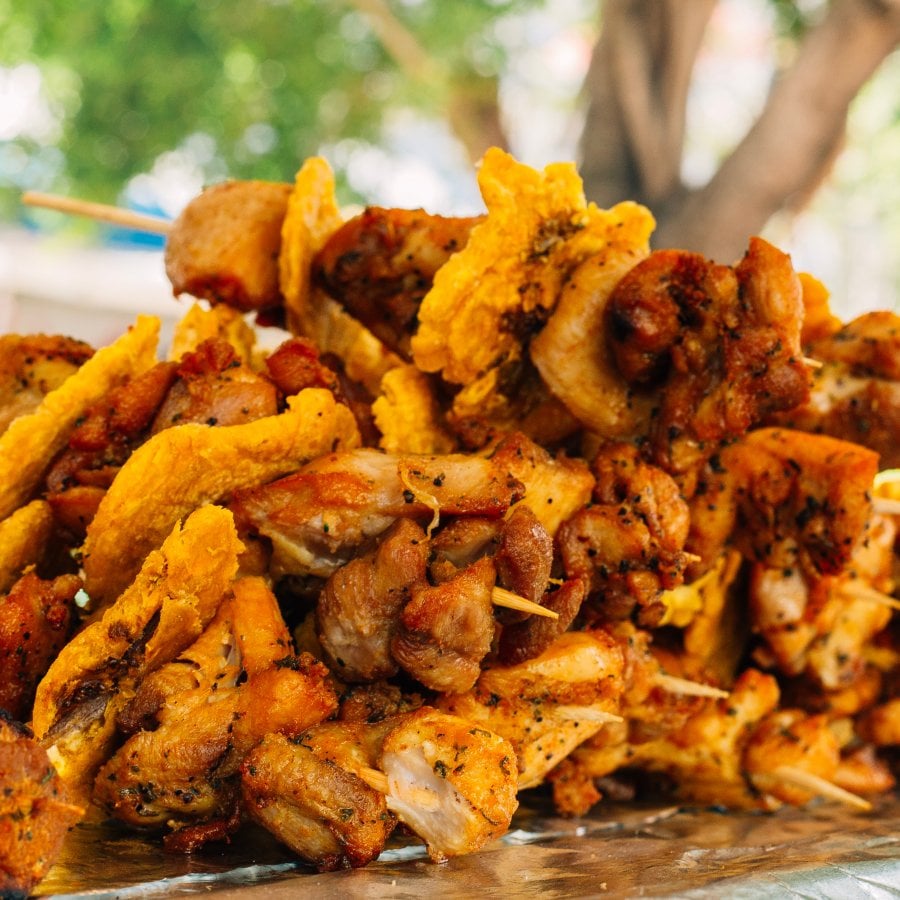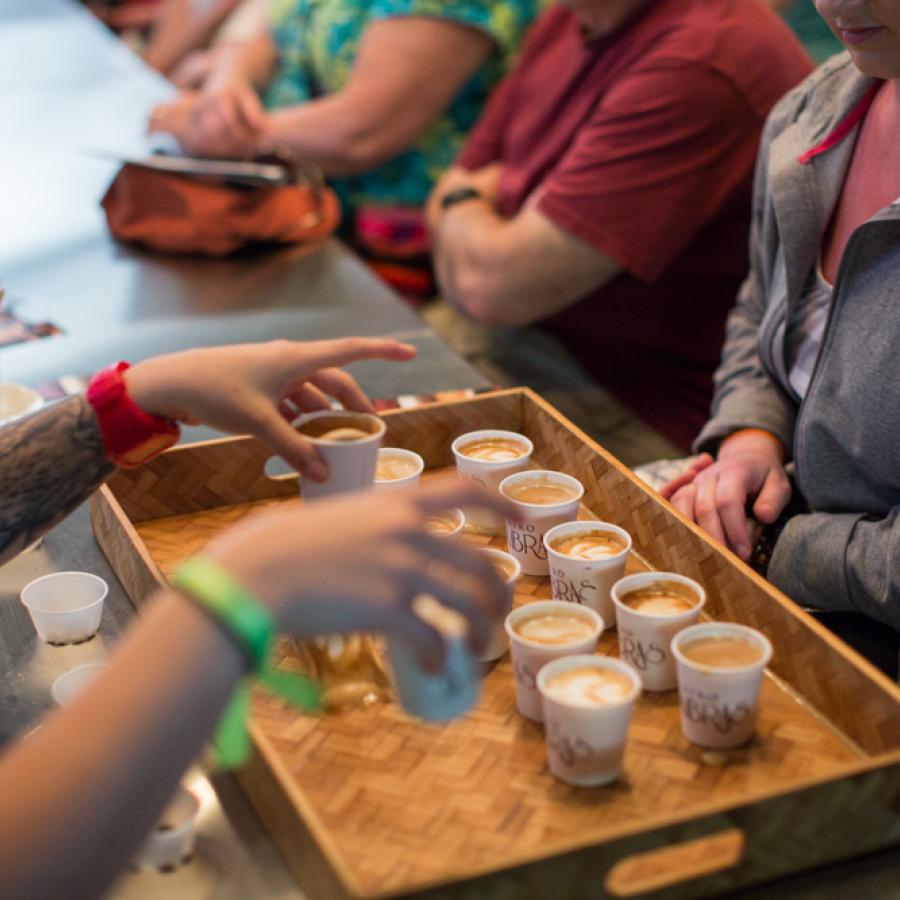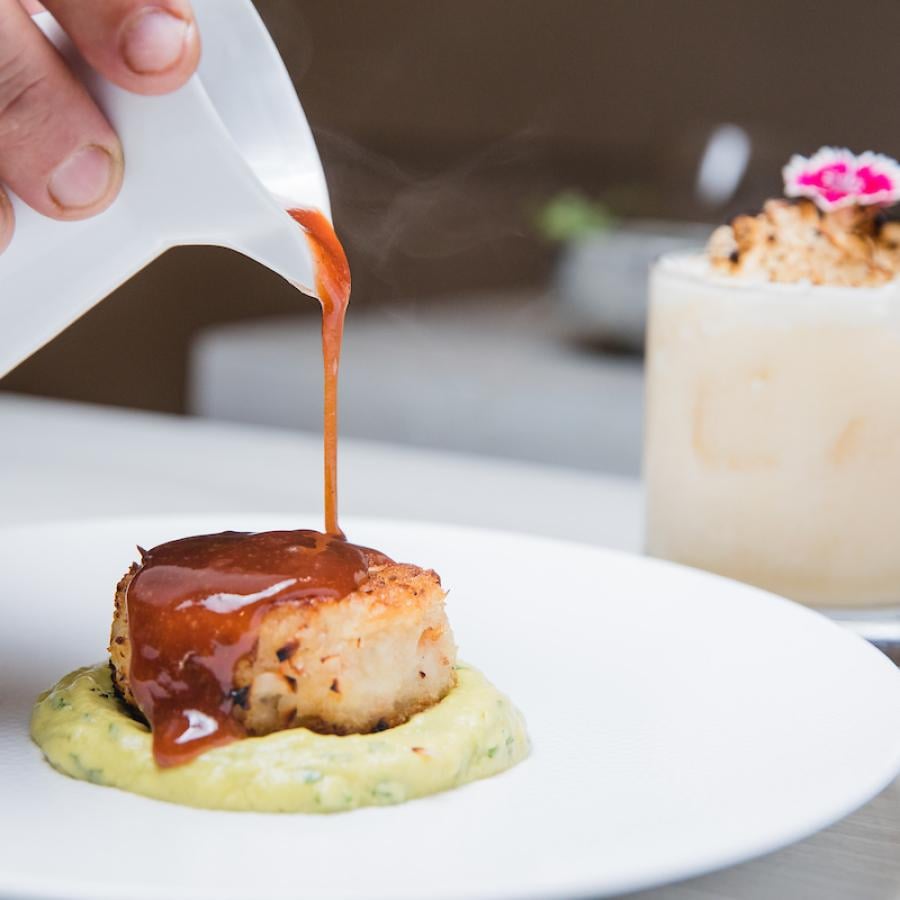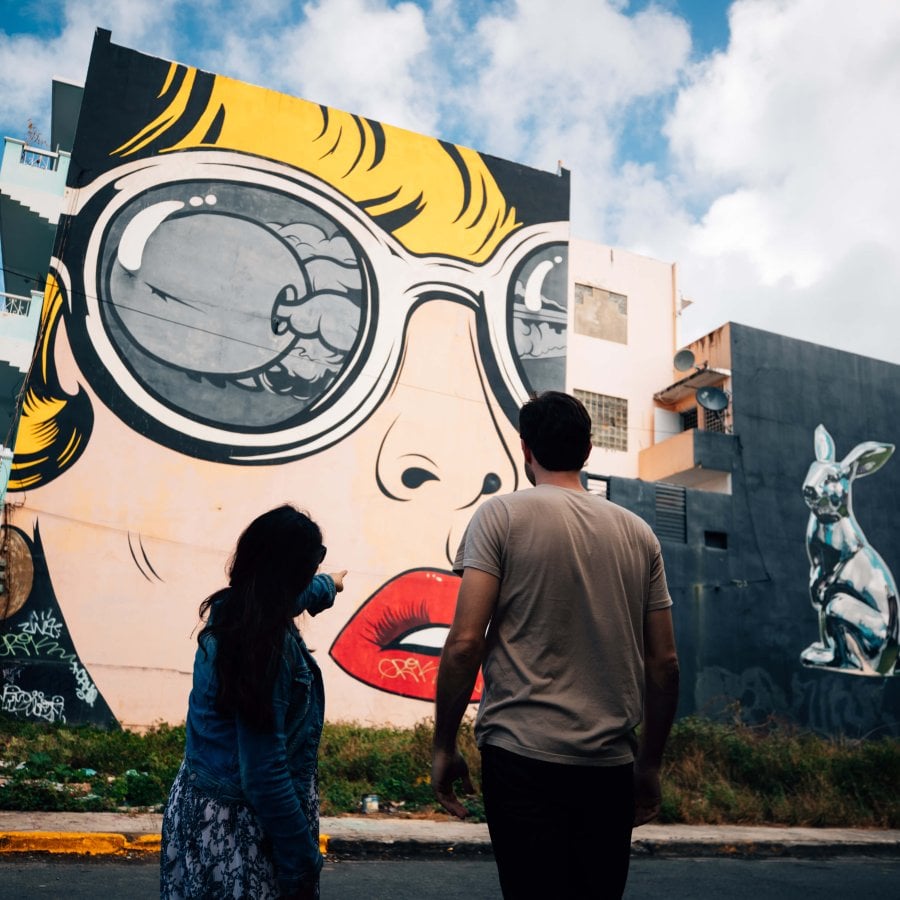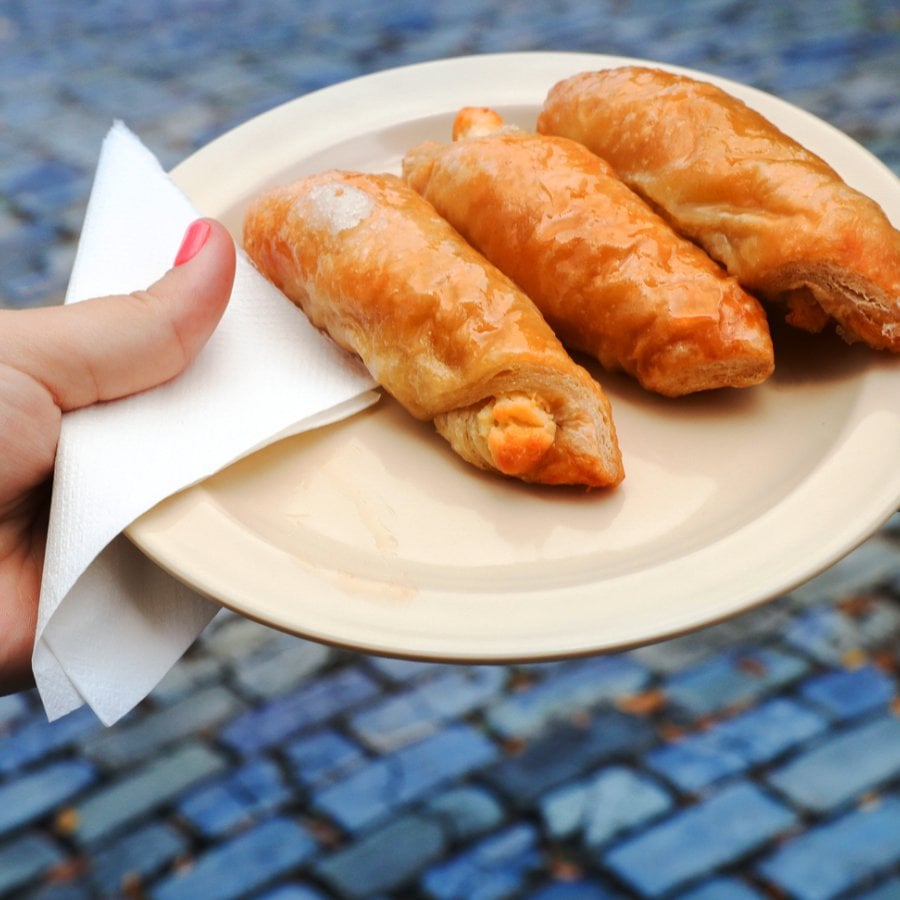Meet Rafael Ruiz, the creative mind behind La Mafia, a platform that serves as a master class in Puerto Rican food culture.
With a background in culinary management and extensive experience in the food industry, Rafael Ruiz recognized the need for a space to share the stories and culture surrounding Puerto Rican gastronomy. Ruiz believes that food has the power to bring people together, reconnect us with our roots, and share that iconic sazón with the world. This vision led him to create La Mafia, which started as a blog where he wrote about locally-owned restaurants across the Island. It has since grown into a platform dedicated to showcasing the rich culinary heritage of Puerto Rico. Through his work, he transforms these stories into visual narratives that capture the attention of food lovers everywhere.
Rafael Ruiz received a James Beard Award nomination for his food video series CAMINANTE.
La Mafia also features a curated list of must-visit spots around the Island, recognizing those that excel in flavor, food management, service, and ambiance with a special "lazo de oro" (golden bowtie) sticker.
In 2020, Eat, Drink, Share Puerto Rico earned a James Beard Foundation Award nomination in the "Online Video, On Location" category for its El Burén de Lula episode. By 2024, Rafael Ruiz was nominated again, this time in the Visual Media—Short Form category, for his YouTube series CAMINANTE, which explores local gems and spotlights a specific ingredient or topic in each episode.
Dive in to explore his inspirations, the essential dishes that, for him, define our Island's culinary landscape, and more.
Rafael Ruiz is a Boricua photographer, videographer, and director who created the food blog La Mafia.
Exploring Culinary Paths: Share your journey of becoming a gastronomic platform in Puerto Rico.
What sparked your passion for documenting Puerto Rican gastronomic history?
After graduating with a bachelor's degree in culinary management, I worked in both kitchens and front-of-the-house roles. Witnessing the quality of local cuisine made me realize there was a need for a platform to tell stories and showcase the high culinary level on the Island.
What inspires you to tell stories through gastronomy?
I firmly believe that food brings everyone together. With today's technology, we have fascinating access and tools that allow us to showcase the best of ourselves. We all enjoy eating, dreaming, and living life, and there’s no better way to do that than with a good coffee or a delicious dish on the table.
What role do you think documentaries play in preserving gastronomic culture?
The role of research and documentaries is crucial in gastronomy. As I say to my colleagues: "The book can only hold so much," but with cameras and audio recorders, we can collect a greater volume of information more accurately, expanding our communication sources.
Get Inspired by Boricua Chef Carlos Portela Culinary Journey
Calling all foodies! La Mafia curates a must-visit list of Puerto Rico's best eateries.
Puerto Rican Cuisine Essentials
From your perspective, which dish quintessentially represents Puerto Rican cuisine and why?
Today, an important dish in our cuisine is rice and beans. Known as the famous "mixta" in fondas (the classic restaurants serving the working class), this dish has been a source of energy for Puerto Ricans for a long time. Its presence in the kitchen has allowed for the development of other protein pillars that accompany it, such as bistec encebollado, chicken empanadas, fried pork, and others. In essence, rice and beans also represent the cultural blend that defines us: the criollo cuisine.
Visitor's First Bite
What dish would you recommend to someone new to Puerto Rican cuisine?
There are no second chances for first impressions, so a good alcapurria (torpedo-shaped fritters made from shredded root vegetables), whether filled with meat or crab and paired with hot sauce, is ideal. Another great option is crispy fresh tostones, accompanied by delicious mayoketchup—perfect for pleasing the palate of visitors who want to venture in little by little.
Local Dining Favorites
Could you share a few of your favorite local eateries?
My favorite local spots are Sabor Criollo in Yabucoa, El Obrero in Río Piedras, San Juan, La Faena in Guaynabo, Gallo Pinto in Guayama y Mamaya in Mayagüez.

The historic Trujillo Alto Bridge over the Río Grande de Loíza, opened in 1941, has been transformed into a pedestrian walkway.
Municipality Origins
Which municipality in Puerto Rico do you hail from?
I was born in Hato Rey, San Juan, but I grew up and still live in Trujillo Alto.
What do you cherish most about your hometown?
I grew up in a family environment surrounded by neighbors and friends, where we enjoyed every day, whether sunny, rainy, or festive. The municipality of Trujillo Alto is also famous for the macabeo, a delicious fritter made from green bananas filled with meat, similar to the alcapurria.
Local Exploration Recommendations
Where should visitors go, or what activities should they take part in when visiting your town?
Trujillo Alto has a delightful area on PR-175 where several lechoneras like Angelito’s Place, Lechonera El Lago, and others, offer an incredible local menu -let’s say it is a mini-Guavate! This road connects to Caguas municipality, which also boasts delicious and high-quality restaurants.
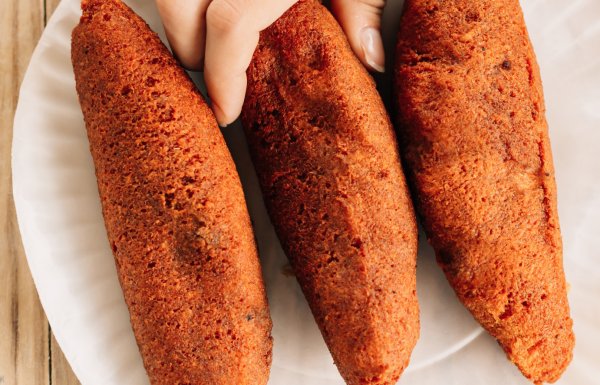
Fritters are found throughout the Island, most commonly in open-air restaurants.
Alcapurria with hot sauce or ajili mójili (a Puerto Rican sauce.)
Learn More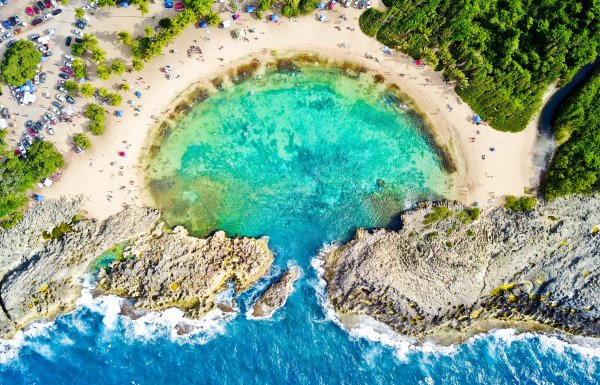
Mar Chiquita in Manatí.
Learn More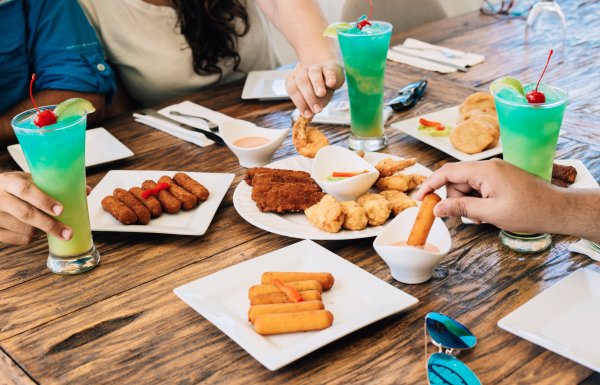
Enjoy a seaside meal with refreshing drinks in Arecibo's charming eateries.
El Obrero in Río Piedras, San Juan.
Learn More
Reggaetón has evolved significantly in the last two decades.
Bad Bunny, Andrea Cruz, and Rainao.
Learn More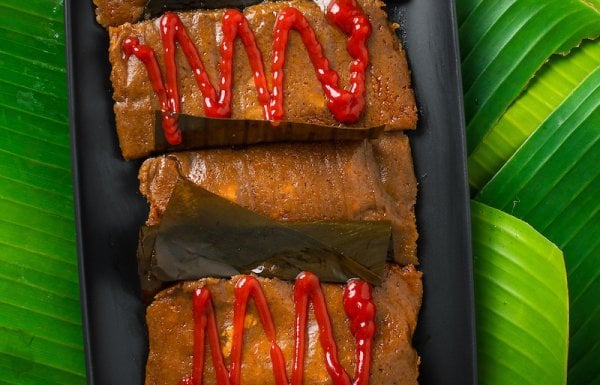
Pasteles are a savory cake made from root vegetables and plantains and filled with delicious meat.
With ketchup!
Learn More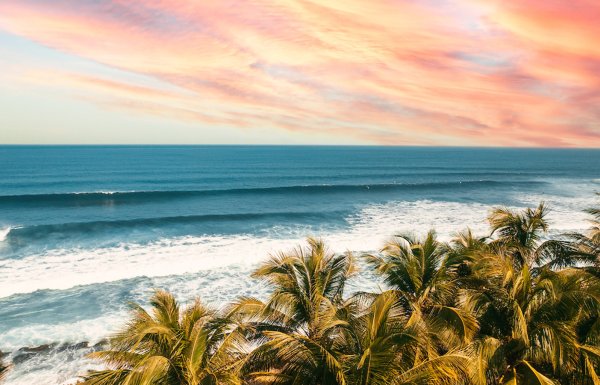
Puerto Rico's west region is renowned for its magical and colorful sunsets.
Aguadilla
Learn MoreComment Guidelines
We value your thoughts and want to foster a respectful and engaged community. As such, we ask that you adhere to the following guidelines when posting comments
- Please ensure your opinions are expressed respectfully.
- We won’t remove comments that engage in courteous debate but hate speech or any form of profanity will not be tolerated. This also applies to the inappropriate use of emojis or hashtags.
- Do not downvote or dislike a comment simply because you disagree with another person’s views.
- Self-promotion and external links are not allowed and will be removed.
- Avoid sharing private information about yourself or others. Doxing (the act of leaking personal information with harmful intent) is strictly prohibited and will result in a ban.
- Comments that are off-topic will be deleted.

